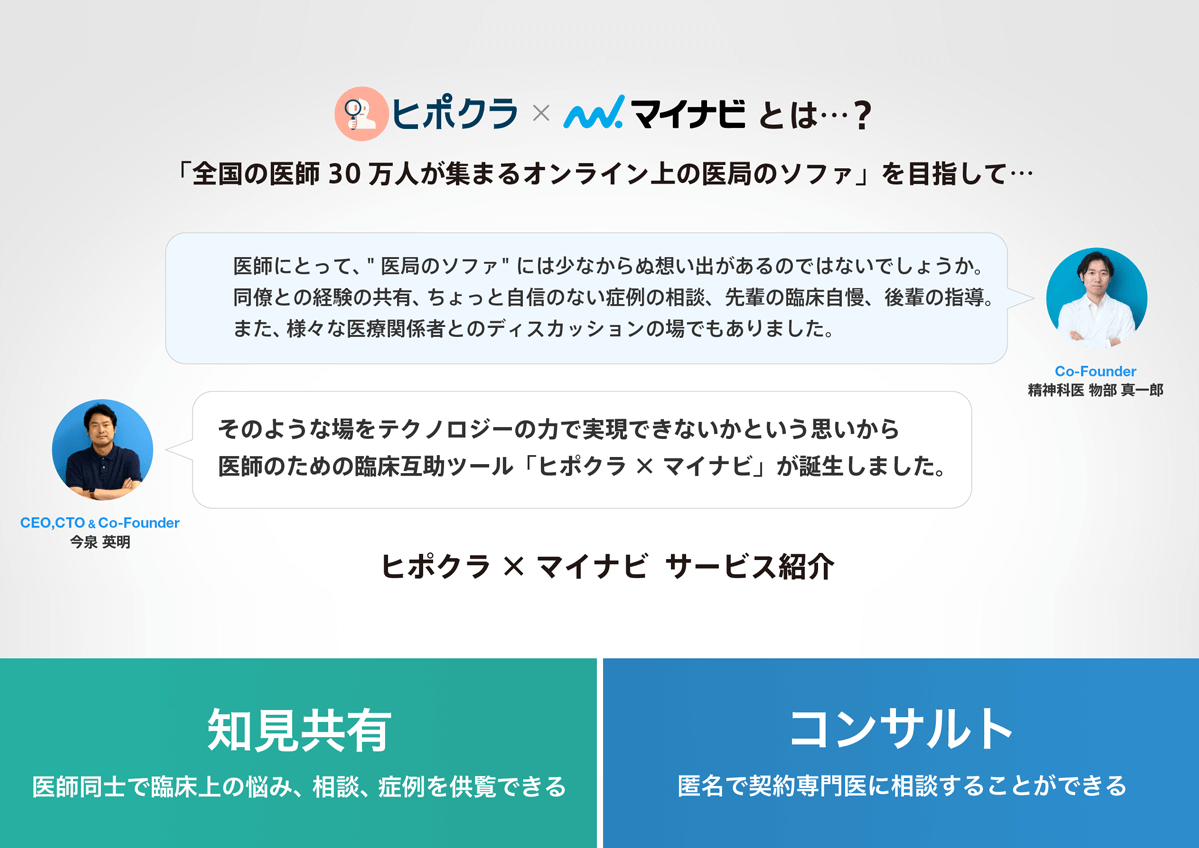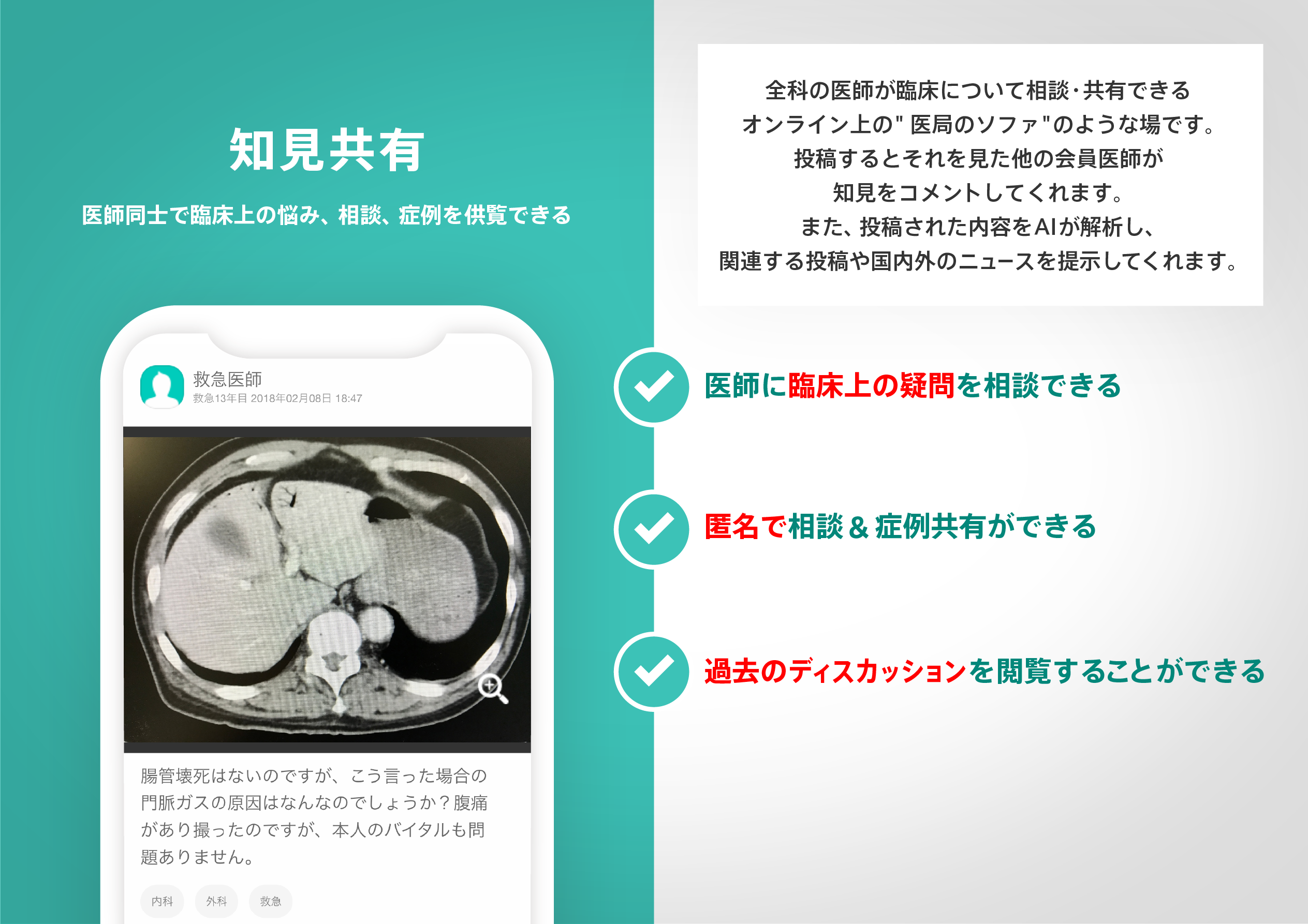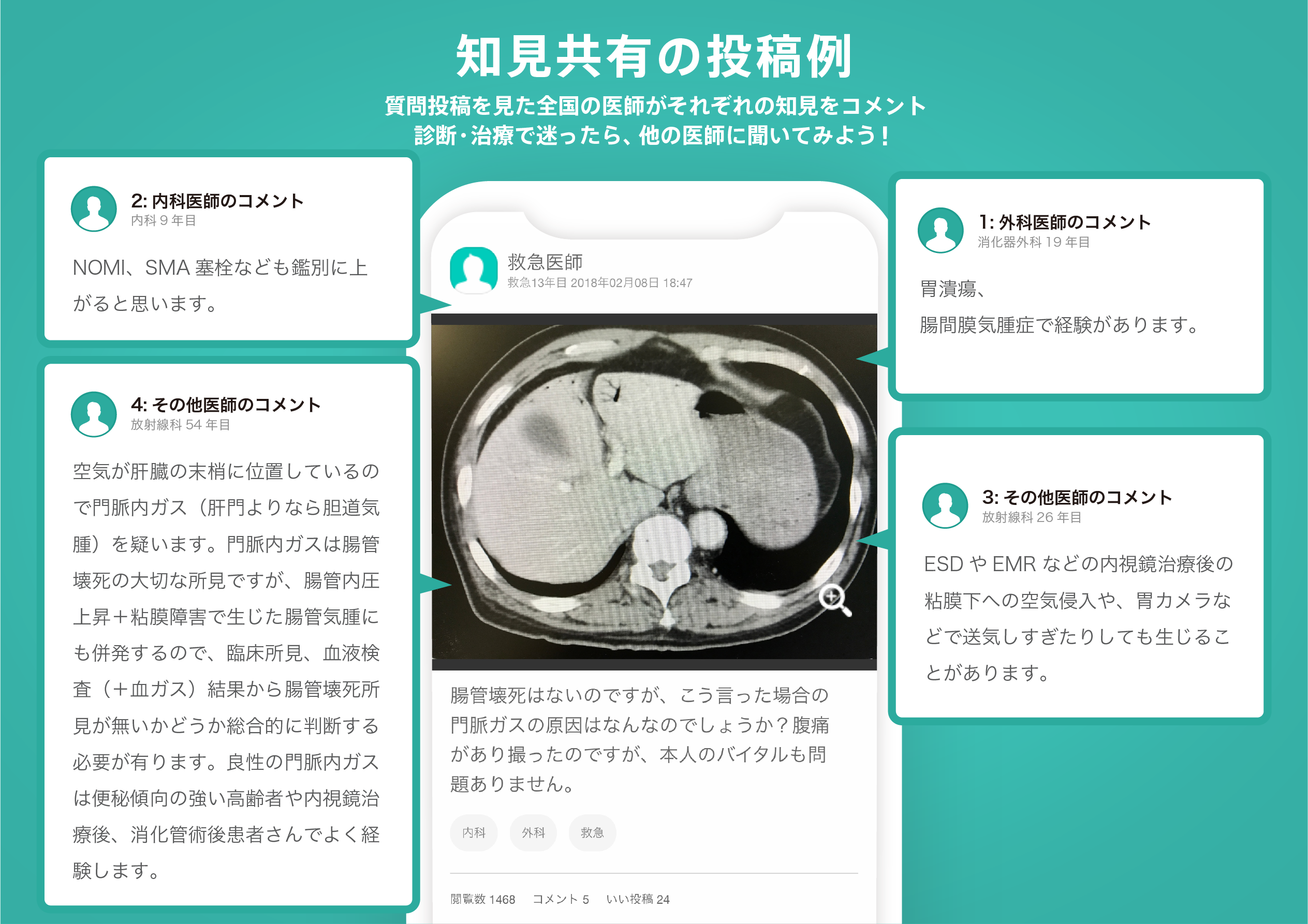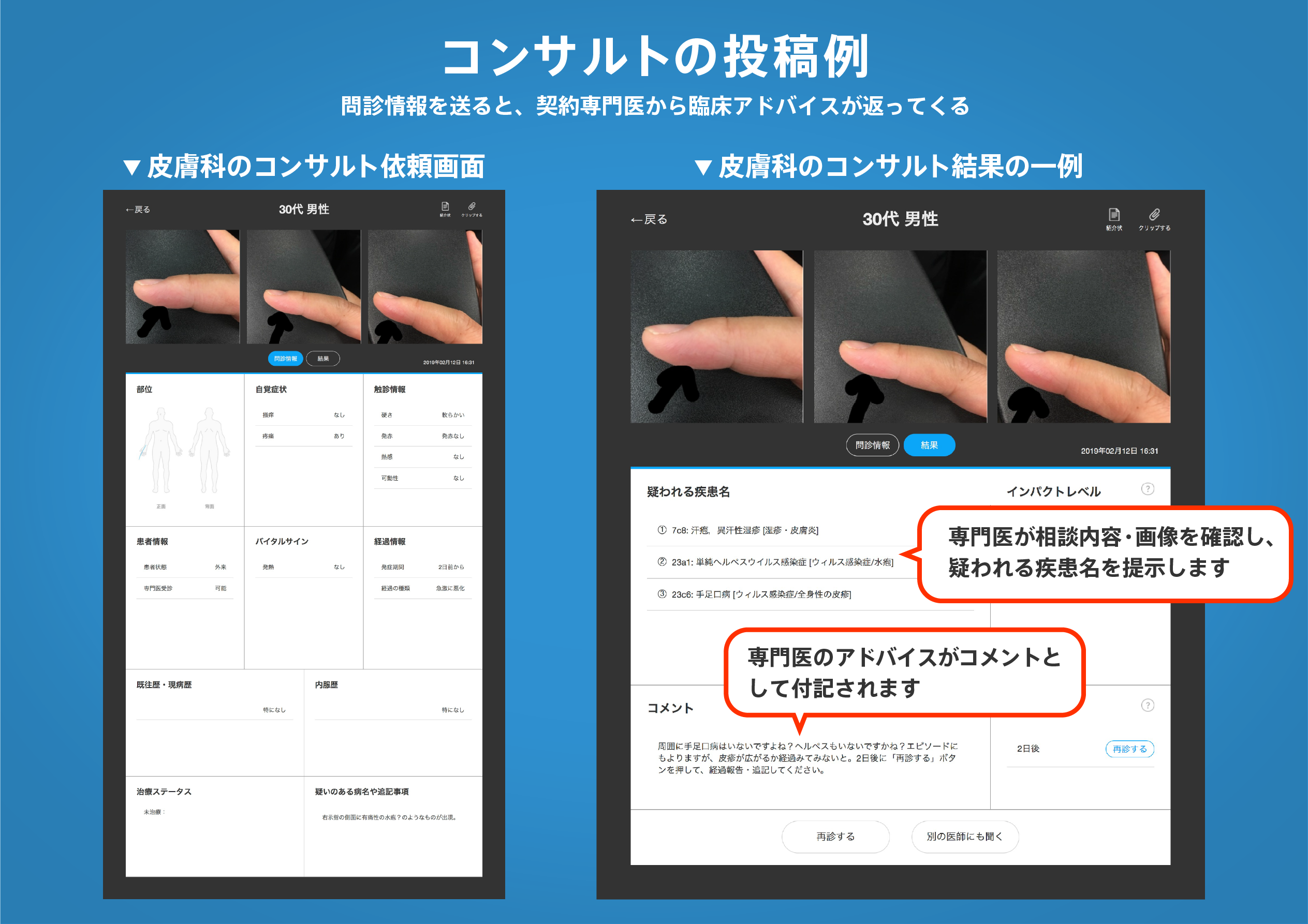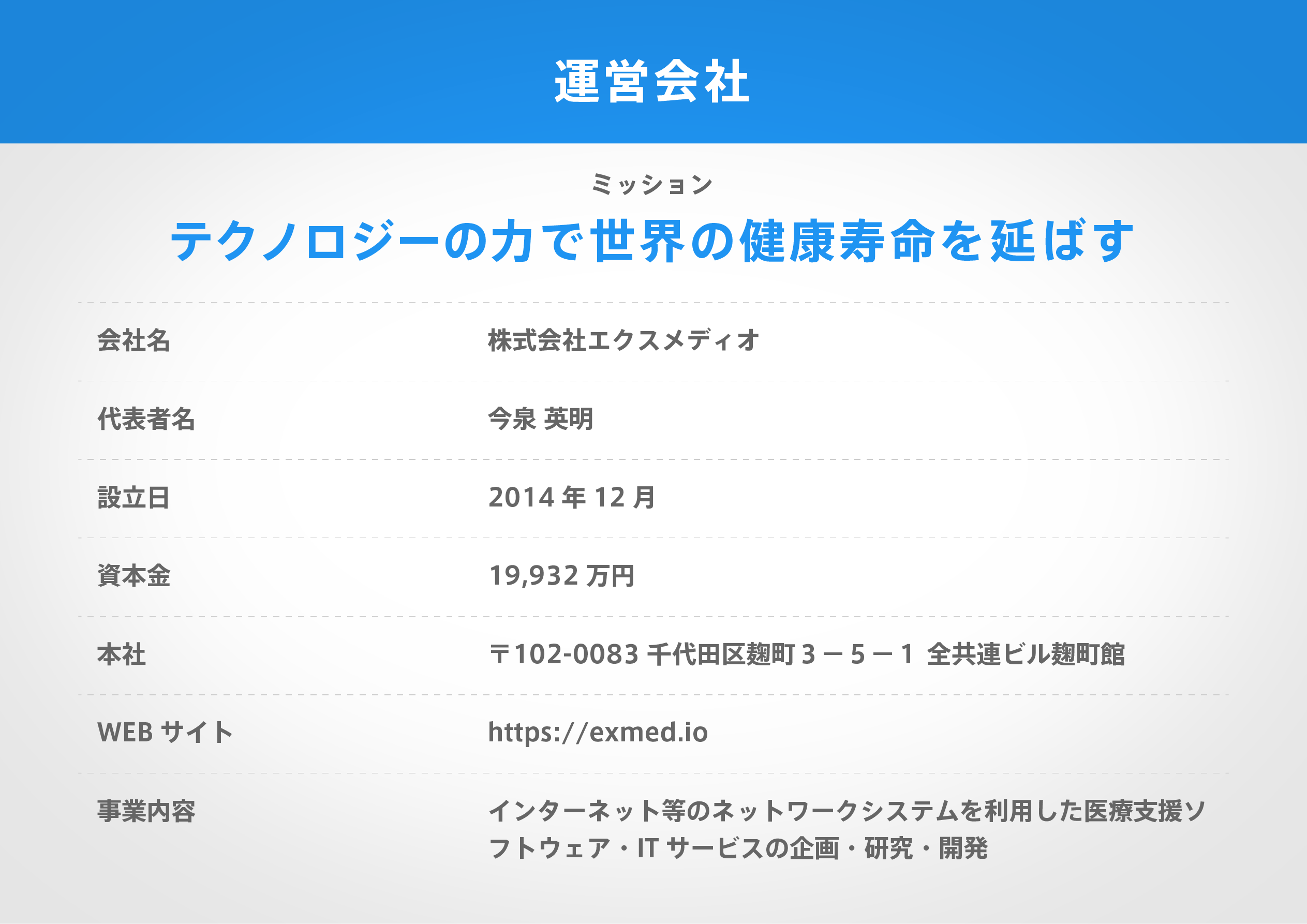著名医師による解説が無料で読めます
すると翻訳の精度が向上します
本研究では、16週間の重耐性トレーニング中のヒト骨格筋の衛星細胞頻度と筋核の数に対するクレアチンとタンパク質の補給の影響を調査しました。二重盲検デザインでは、32の健康な被験者(19〜26歳)が筋力トレーニング(STR)に割り当てられました。n = 8)またはプラセボ(str-con)(n = 8)、または非訓練コントロールグループ(con)(n = 7)として機能します。補給は毎日投与されました(Str-Cre:6-24 gクレアチン一水和、Str-Pro:20 gタンパク質、Str-con:プラセボ)。さらに、すべてのトレーニングセッションでタイムされたタンパク質/プラセボ摂取量が投与されました。筋肉生検は、0、4、8(conではなく8週目)および16のレジスタンストレーニング(週3日)で得られました。衛星細胞は、免疫組織化学によって同定されました。筋肉平均繊維(MFA)領域は、組織化学分析後に決定されました。すべてのトレーニング体制は衛星細胞の割合を増加させることがわかったが、4週目と8週目(STR-PROおよびSTR-CONと比較して)でクレアチンの補給(P <)でクレアチンの補給で大幅に増強されたことがわかった(P <0.01-0.05)。16週間では、衛星細胞数はStr-Creではもはや上昇しませんでしたが、Str-ProおよびStr-Conでは上昇したままでした。さらに、クレアチンの補給により、繊維あたりの筋核の数が増加し、4週目、8週目、16週目のMFAで14〜17%増加しました(P <0.01)。対照的に、STR-PROは、それぞれトレーニングの初期(4週目、 +14%)の段階でのみ、後期(16週間、 +8%)とSTR-conのみでMFAの増加を示しました(P <0.05)。str-creでは、それぞれベースラインから16週目までのMFAと筋核の増加率の間に正の関係が見つかりました(r = 0.67、p <0.05)。対照群(CON)では変化は観察されませんでした。結論として、本研究は、筋力トレーニングと組み合わせたクレアチン補給が、衛星細胞数のトレーニング誘発性の増加とヒト骨格筋線維の筋核濃度を初めて増幅し、それにより筋力トレーニングに応じて筋肉繊維の成長を促進できることを初めて示します。。
本研究では、16週間の重耐性トレーニング中のヒト骨格筋の衛星細胞頻度と筋核の数に対するクレアチンとタンパク質の補給の影響を調査しました。二重盲検デザインでは、32の健康な被験者(19〜26歳)が筋力トレーニング(STR)に割り当てられました。n = 8)またはプラセボ(str-con)(n = 8)、または非訓練コントロールグループ(con)(n = 7)として機能します。補給は毎日投与されました(Str-Cre:6-24 gクレアチン一水和、Str-Pro:20 gタンパク質、Str-con:プラセボ)。さらに、すべてのトレーニングセッションでタイムされたタンパク質/プラセボ摂取量が投与されました。筋肉生検は、0、4、8(conではなく8週目)および16のレジスタンストレーニング(週3日)で得られました。衛星細胞は、免疫組織化学によって同定されました。筋肉平均繊維(MFA)領域は、組織化学分析後に決定されました。すべてのトレーニング体制は衛星細胞の割合を増加させることがわかったが、4週目と8週目(STR-PROおよびSTR-CONと比較して)でクレアチンの補給(P <)でクレアチンの補給で大幅に増強されたことがわかった(P <0.01-0.05)。16週間では、衛星細胞数はStr-Creではもはや上昇しませんでしたが、Str-ProおよびStr-Conでは上昇したままでした。さらに、クレアチンの補給により、繊維あたりの筋核の数が増加し、4週目、8週目、16週目のMFAで14〜17%増加しました(P <0.01)。対照的に、STR-PROは、それぞれトレーニングの初期(4週目、 +14%)の段階でのみ、後期(16週間、 +8%)とSTR-conのみでMFAの増加を示しました(P <0.05)。str-creでは、それぞれベースラインから16週目までのMFAと筋核の増加率の間に正の関係が見つかりました(r = 0.67、p <0.05)。対照群(CON)では変化は観察されませんでした。結論として、本研究は、筋力トレーニングと組み合わせたクレアチン補給が、衛星細胞数のトレーニング誘発性の増加とヒト骨格筋線維の筋核濃度を初めて増幅し、それにより筋力トレーニングに応じて筋肉繊維の成長を促進できることを初めて示します。。
The present study investigated the influence of creatine and protein supplementation on satellite cell frequency and number of myonuclei in human skeletal muscle during 16 weeks of heavy-resistance training. In a double-blinded design 32 healthy, male subjects (19-26 years) were assigned to strength training (STR) while receiving a timed intake of creatine (STR-CRE) (n=9), protein (STR-PRO) (n=8) or placebo (STR-CON) (n=8), or serving as a non-training control group (CON) (n=7). Supplementation was given daily (STR-CRE: 6-24 g creatine monohydrate, STR-PRO: 20 g protein, STR-CON: placebo). Furthermore, timed protein/placebo intake were administered at all training sessions. Muscle biopsies were obtained at week 0, 4, 8 (week 8 not CON) and 16 of resistance training (3 days per week). Satellite cells were identified by immunohistochemistry. Muscle mean fibre (MFA) area was determined after histochemical analysis. All training regimes were found to increase the proportion of satellite cells, but significantly greater enhancements were observed with creatine supplementation at week 4 (compared to STR-CON) and at week 8 (compared to STR-PRO and STR-CON) (P<0.01-0.05). At week 16, satellite cell number was no longer elevated in STR-CRE, while it remained elevated in STR-PRO and STR-CON. Furthermore, creatine supplementation resulted in an increased number of myonuclei per fibre and increases of 14-17% in MFA at week 4, 8 and 16 (P<0.01). In contrast, STR-PRO showed increase in MFA only in the later (16 week, +8%) and STR-CON only in the early (week 4, +14%) phases of training, respectively (P<0.05). In STR-CRE a positive relationship was found between the percentage increases in MFA and myonuclei from baseline to week 16, respectively (r=0.67, P<0.05). No changes were observed in the control group (CON). In conclusion, the present study demonstrates for the first time that creatine supplementation in combination with strength training amplifies the training-induced increase in satellite cell number and myonuclei concentration in human skeletal muscle fibres, thereby allowing an enhanced muscle fibre growth in response to strength training.
医師のための臨床サポートサービス
ヒポクラ x マイナビのご紹介
無料会員登録していただくと、さらに便利で効率的な検索が可能になります。

